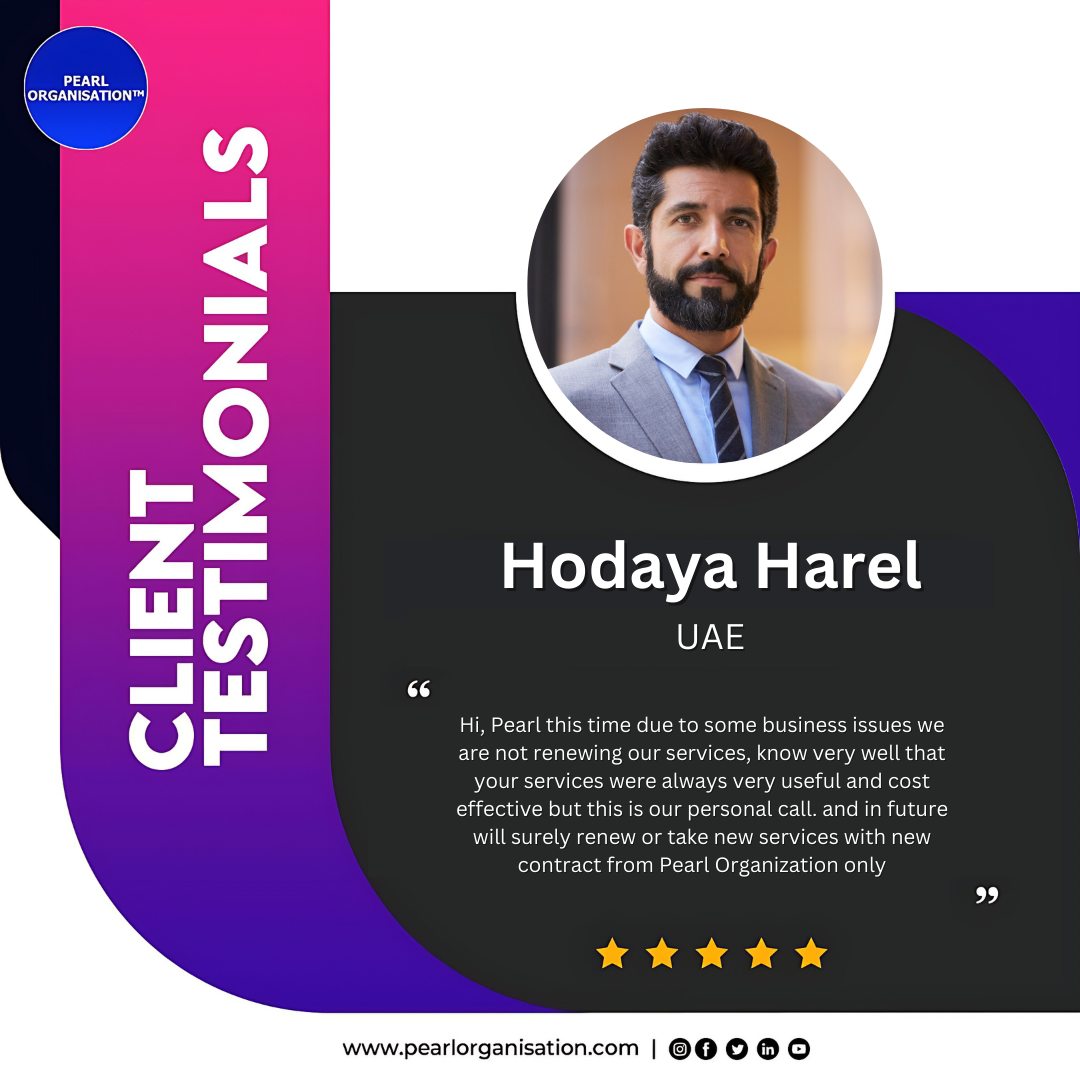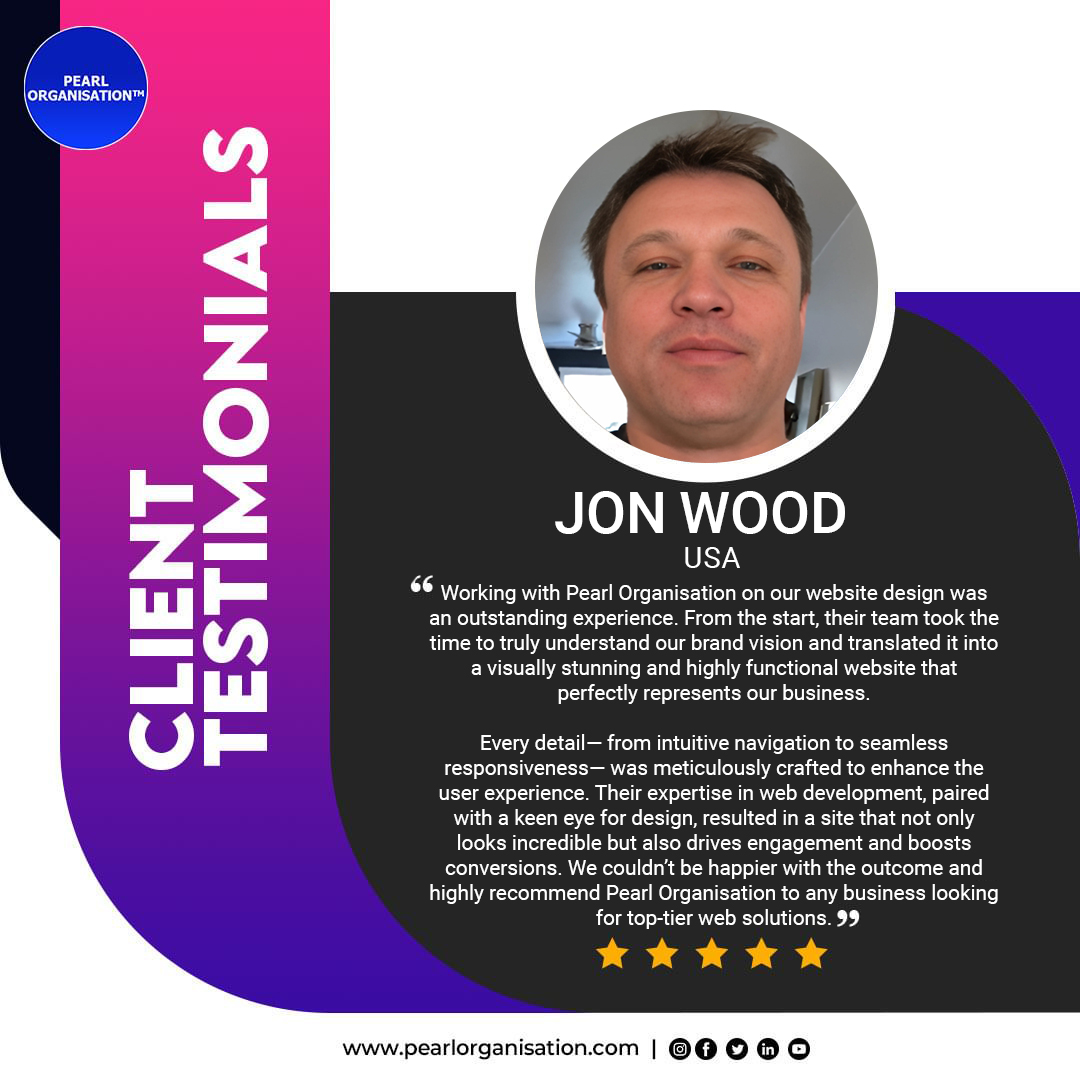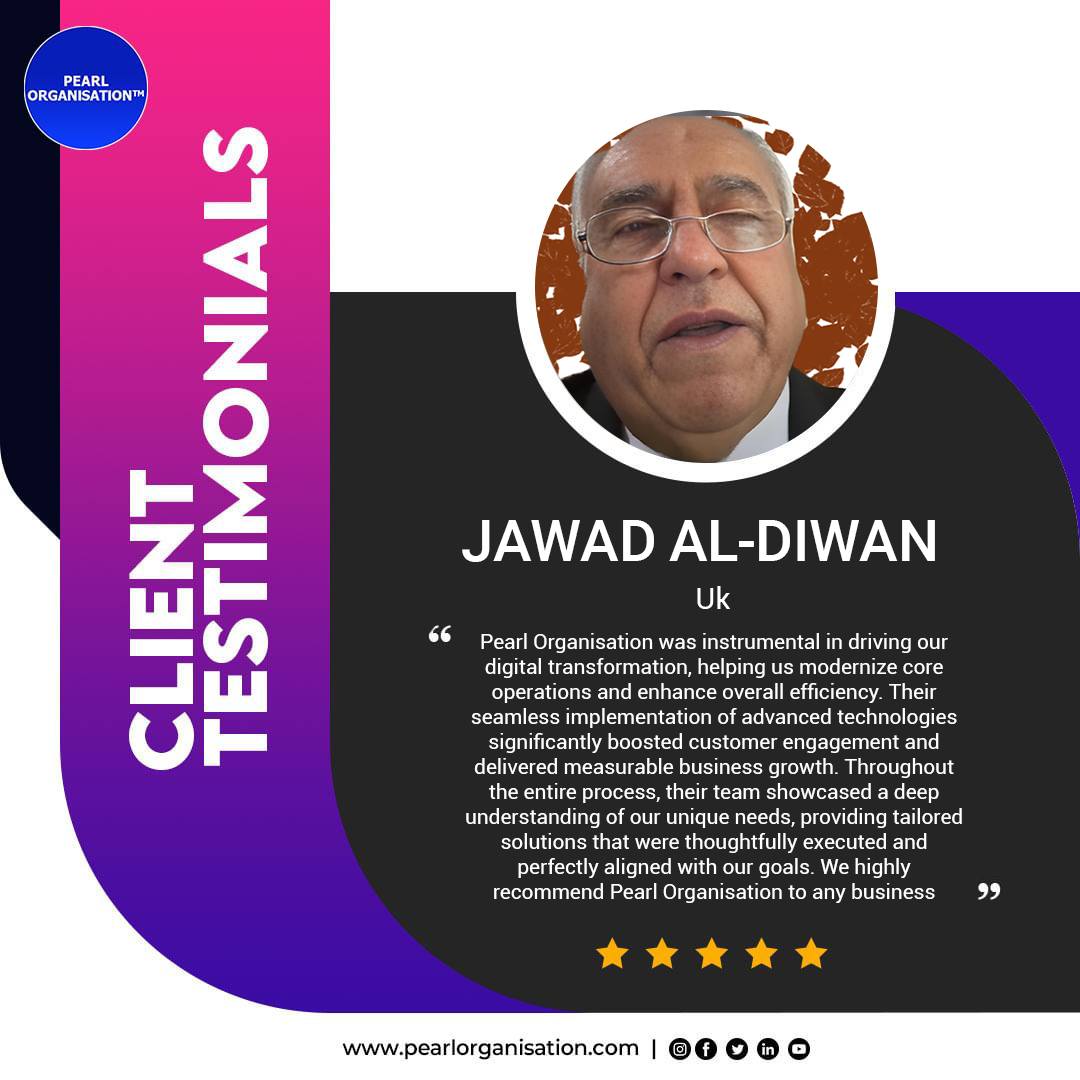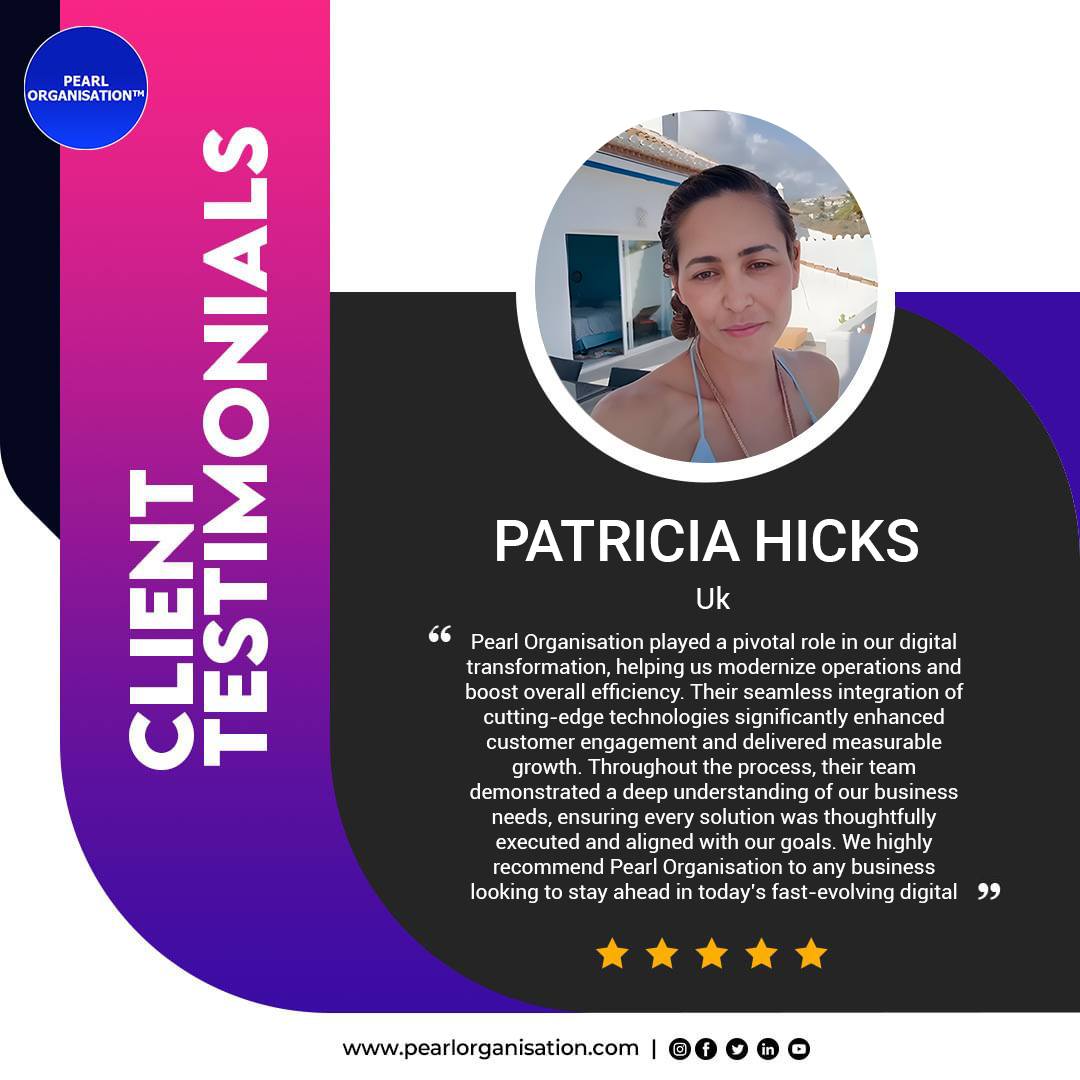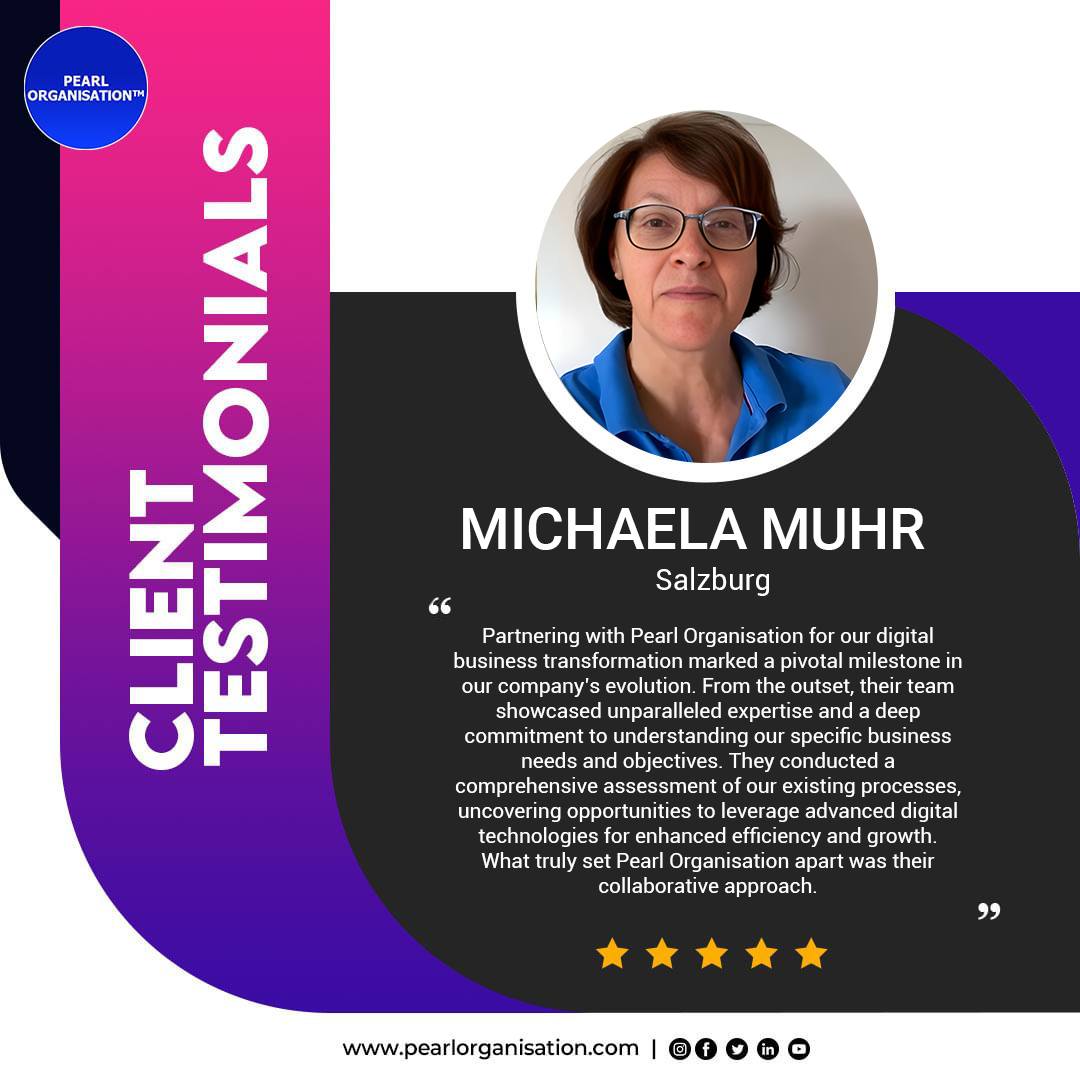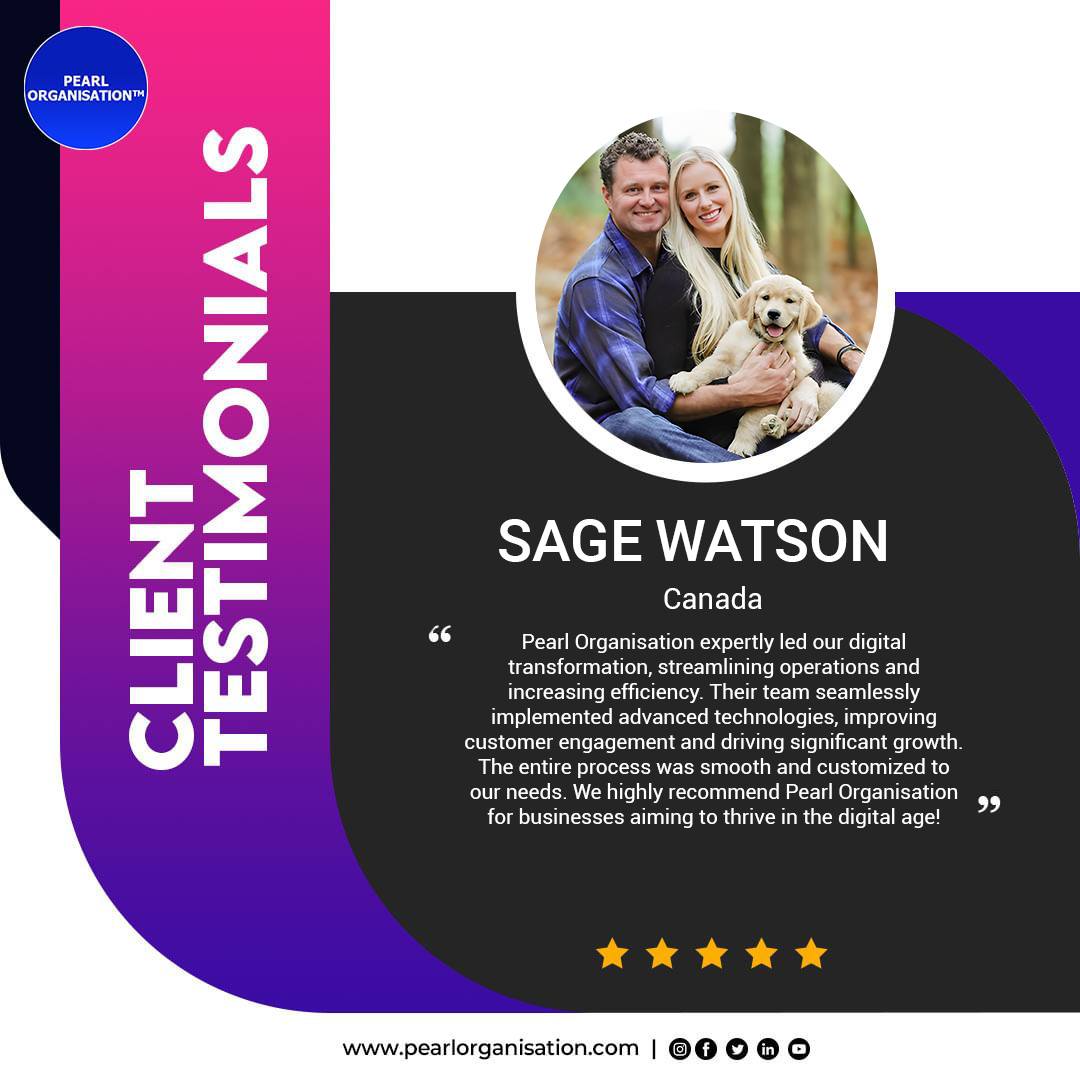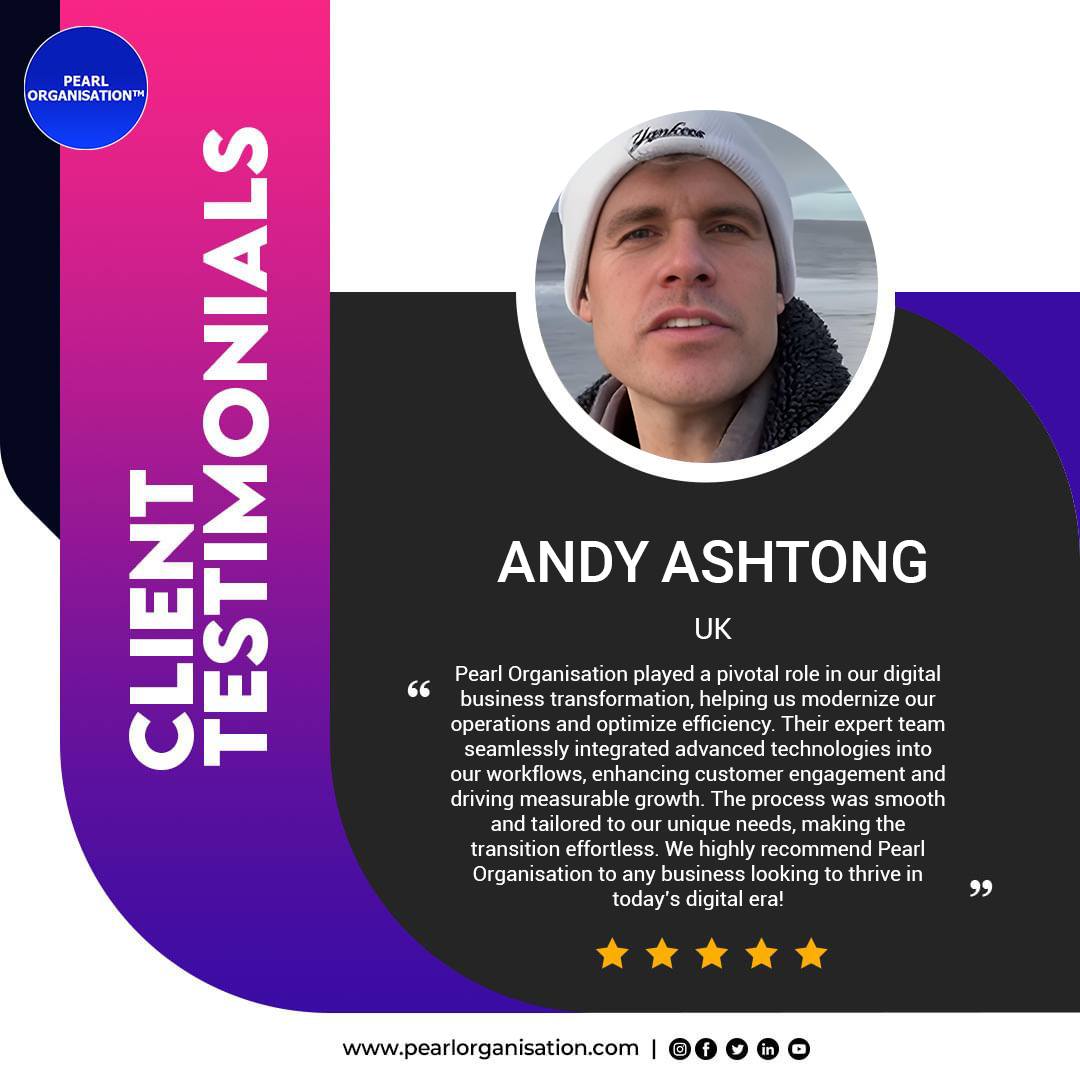How Automation Is Redefining Traditional IT Workflows
- Larrisa

- Jul 4
- 5 min read

🚀 Introduction: A Paradigm Shift in IT Operations
The IT landscape in 2025 is not just evolving—it’s transforming. Traditional workflows—once rigid, manual, and reactive—are being dismantled and rebuilt through intelligent automation. What used to take teams of administrators, months of deployment planning, and rounds of testing, can now be achieved in minutes with zero-touch operations and AI-assisted orchestration.
At Pearl Organisation, we are helping enterprises move beyond outdated IT models by deploying automation frameworks that integrate with every part of their ecosystem—from service desks and provisioning to CI/CD pipelines and security enforcement. This is Digital Process Automation at its most strategic level.
🔧 What Do We Mean by “Traditional IT Workflows”?
Traditional IT workflows often involve:
Manual software installations and patching
Static server provisioning
Human-led helpdesk processes
Reactive monitoring and log analysis
Sequential ticketing for approvals and escalations
These methods lack scalability, speed, and predictability—three attributes critical to modern digital businesses.
🔄 Automation in Action: How Workflows Are Changing
🔹 1. Infrastructure Provisioning
Before:
System admins manually configured servers, VMs, and networks, often via CLI or GUI dashboards.
Now:
With Infrastructure as Code (IaC) using tools like Terraform or Ansible:
Entire environments are version-controlled
Deployments can be spun up in minutes
Multi-cloud environments are auto-configured
Result:
Faster, error-free deployments that scale on-demand.
🔹 2. Service Desk & Incident Management
Before:
Ticket-based systems with long queues and tiered escalations delayed issue resolution.
Now:
Automation platforms like ServiceNow, Jira Ops, and Freshservice:
Auto-triage incidents using AI
Suggest resolutions via historical pattern analysis
Route tickets with smart logic
Trigger alerts or even self-healing scripts in real time
Result:
MTTR (Mean Time to Resolution) reduced by up to 70%.
🔹 3. Software Development & DevOps
Before:
Code moves from development to staging to production with manual testing, manual approval, and human-based deployments.
Now:
CI/CD pipelines (Jenkins, GitHub Actions, GitLab CI) integrate:
Automated testing
Code quality checks
Deployment approvals via bots
Canary and blue-green deployments
Result:
Weekly or daily releases instead of monthly, with minimal human oversight.
🔹 4. Security & Compliance
Before:
Security audits and access controls were periodic and highly manual.
Now:
Automation applies:
Policy-as-code for continuous compliance
Auto-remediation of vulnerabilities
Behavior-based anomaly detection using AI
RBAC and zero-trust principles in real-time
Result:
Real-time threat prevention, reduced risk exposure, and continuous compliance reporting.
🔹 5. Monitoring & Observability
Before:
Manual log reviews and alerts managed by humans (often after downtime).
Now:
With tools like Prometheus, Grafana, ELK Stack, and Datadog:
Intelligent alerting based on predictive analytics
AIOps that self-correct or escalate
Unified dashboards for DevSecOps teams
Result:
Proactive systems that learn, predict, and respond faster than humans.
🧠 How Pearl Organisation Implements Intelligent IT Automation
At Pearl Organisation, we follow a framework that ensures measurable business outcomes:
Phase | What We Do |
Assessment | Map manual processes, detect inefficiencies, evaluate tools |
Strategy | Identify automation-ready workflows; prioritize ROI potential |
Design | Build scalable automation blueprints (BPMN, YAML, IaC) |
Development | Integrate RPA, APIs, cloud automation, and AI agents |
Deployment | Roll out workflows in phases; monitor performance |
Optimization | Improve based on feedback loops, new triggers, and metrics |
📊 Business Benefits of IT Workflow Automation
Impact Area | Tangible Outcome |
🔄 Speed | Deployments 5x faster; issue resolution 3x faster |
💰 Cost Savings | Reduced need for L1/L2 support, fewer downtime incidents |
⚙️ Efficiency | 60–80% of routine tasks fully automated |
🔐 Security | Real-time compliance, 24/7 threat detection |
🧠 Innovation | IT staff reallocated to R&D and innovation projects |
🌍 Scalability | Respond faster to market, user, and data center demands |
Client:
A logistics and warehousing enterprise (AU-based)
Challenge: Repeated manual provisioning delays during seasonal traffic spikes
Solution by Pearl Organisation:
Introduced Terraform + Jenkins for cloud provisioning
Created automated disaster recovery runbooks
Setup Slack-integrated alert and approval bots
Result:
🔮 What the Future Holds
By 2027, Gartner predicts that over 80% of IT operations will be automated. Businesses that delay automation risk:
Slower go-to-market times
Increased infrastructure and support costs
Higher rates of employee burnout
Inability to maintain competitive SLAs
Automation isn't optional. It's mission-critical for IT relevance.
🏁 Conclusion: Automation = Strategic Advantage
At Pearl Organisation, we believe IT automation isn’t just about saving time—it’s about building a future-ready digital core. By replacing slow, human-dependent workflows with intelligent, self-optimizing systems, businesses can achieve unmatched resilience, innovation, and growth velocity.
🔗 Explore Pearl Organisation’s automation services:
💬 Frequently Asked Questions (Global Scope)
Q1. What does IT workflow automation mean?
IT workflow automation refers to the use of software tools and AI to automatically execute, manage, and monitor IT processes that traditionally required human intervention. This includes:
Infrastructure provisioning
Incident response
Software deployment
System monitoring
Compliance enforcement
It reduces human error, accelerates delivery, and ensures consistency across operations.
Q2. How is automation transforming traditional IT workflows?
Traditional IT workflows were:
Manual and sequential
Dependent on human approvals and actions
Prone to delays and misconfigurations
Automation transforms them by:
Orchestrating end-to-end tasks without manual touchpoints
Integrating DevOps and security into continuous workflows
Enabling self-healing, AI-driven systems
Q3. What are some real examples of IT processes that can be automated?
Pearl Organisation has automated workflows such as:
Server provisioning via Terraform scripts
Software releases through CI/CD pipelines
Auto-resolution of Level-1 support tickets
Compliance alerts and auto-remediation (e.g., disabling risky ports)
Real-time monitoring and predictive scaling
These automations reduce both OPEX and operational risk.
Q4. What are the key benefits of automating IT operations?
The main business advantages include:
⏱ Faster turnaround times for issue resolution and provisioning
💸 Reduced costs via fewer manual hours and less downtime
📈 Increased scalability to handle unpredictable workloads
🔐 Stronger security with real-time response to threats
🌍 Improved customer experience through high availability
Automation enables IT to be proactive, not reactive.
Q5. What is the role of AI and AIOps in IT automation?
AIOps (Artificial Intelligence for IT Operations) uses machine learning and big data to:
AIOps turns IT operations into self-correcting systems.
Q6. Is automation suitable for all industries?
Yes. While it originated in tech-heavy sectors, automation is now vital across:
Pearl Organisation tailors automation to industry-specific needs.
Q7. How does Pearl Organisation implement IT automation?
Our 6-phase methodology:
Audit your existing workflows
Design intelligent, trigger-based logic
Deploy using RPA, IaC, APIs, and event-based orchestration
Integrate into cloud, hybrid, or on-prem environments
Secure with identity and policy-based controls
Optimize based on real-world metrics and feedback
We deliver custom, scalable, and secure automation systems.
Q8. Will automation eliminate IT jobs?
No. Automation handles repetitive, low-value tasks so that IT teams can:
Focus on innovation
Build better architecture
Improve system resilience
Work on business-aligned outcomes
Automation augments humans, not replaces them.
Q9. How long does it take to implement automation for a mid-sized enterprise?
It varies by scope, but typical timelines are:
Basic task automation: 2–4 weeks
CI/CD and DevOps pipeline integration: 4–6 weeks
End-to-end IT workflow automation: 8–12 weeks
Enterprise-wide orchestration with AI: 3–6 months
Pearl Organisation uses agile sprints for early ROI and phased rollouts.
Q10. What technologies does Pearl Organisation use for automation?
We work with:
Our automation stack is cloud-agnostic, secure, and enterprise-ready.





























